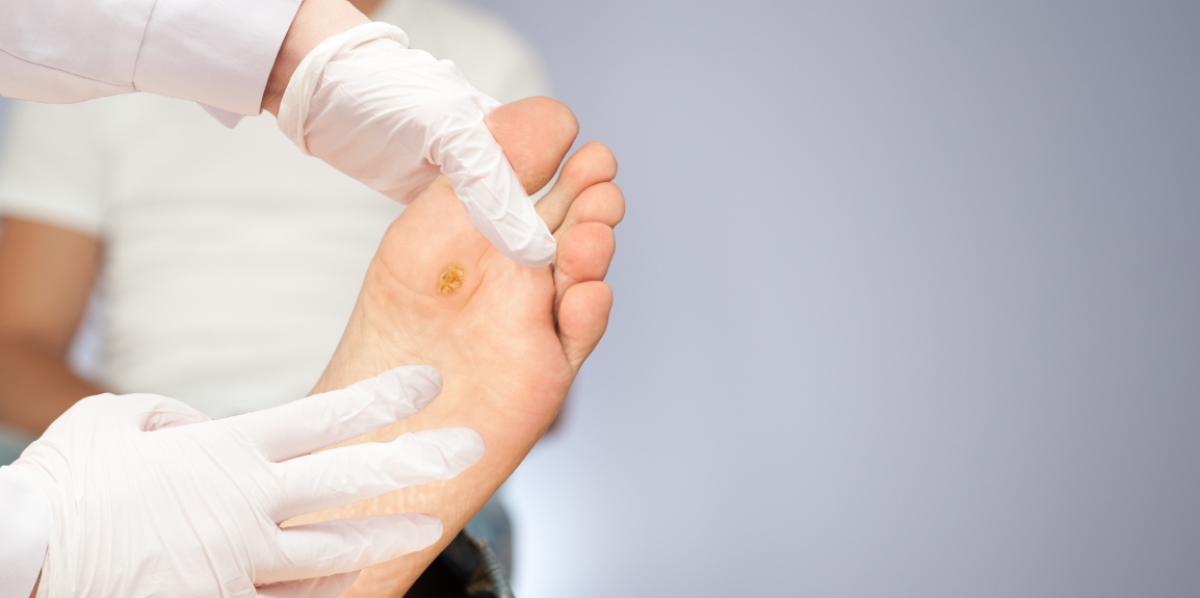
Warts are small growths on the skin.
Warts may affect your appearance and can be embarrassing. Warts may itch or hurt when they are on the feet.
Causes
All warts can spread from one part of your body to another. Warts can spread from person to person, but this is uncommon.
Symptoms
Most warts are raised and have a rough surface. They may be round or oval.
- The spot where the wart is may be lighter or darker than your skin. Rarely, warts are black.
- Some warts have smooth or flat surfaces.
- Some warts may cause pain.
- Plantar warts found on the soles of the feet. They can be very painful. Having many of them on your feet may cause problems walking or running.
- Subungual and periungual warts appear under and around the toenails.
Exams and Tests
Your health care provider will look at your skin to diagnose warts.
Treatment
Your health care provider can treat a wart if you do not like how it looks or if it is painful. Do NOT attempt to remove a wart yourself by burning, cutting, tearing, picking, or by any other method.
OTHER TREATMENTS
Special foot cushions can help ease the pain from plantar warts. You can buy these at drugstores without a prescription. Use socks. Wear shoes with plenty of room. Avoid high heels.
Your health care provider may need to trim away thick skin or calluses that form over warts on your foot or around nails.
Your provider may recommend the following treatments if your warts do not go away:
- Stronger medicines
- Freezing the wart (cryotherapy) to remove it
- Surgery
Prevention
- Avoid direct contact with a wart on another person’s skin. Wash your hands carefully after touching a wart.
- Wear socks or shoes to prevent getting plantar warts.
- Wash the nail file that you use to file your wart so that you don’t spread the virus to other parts of your body.